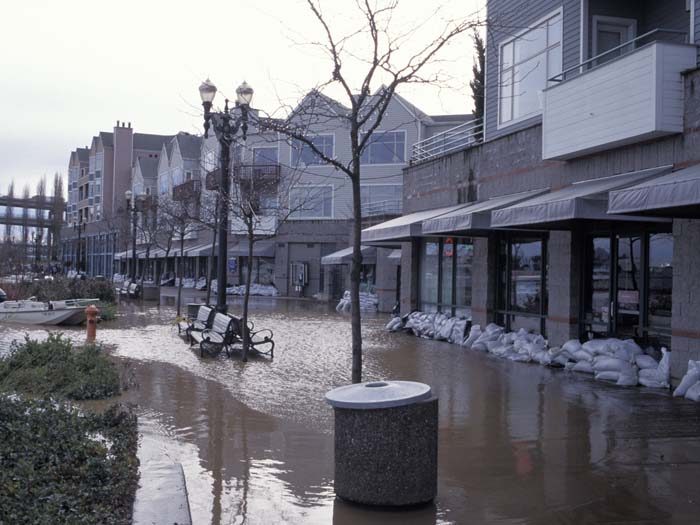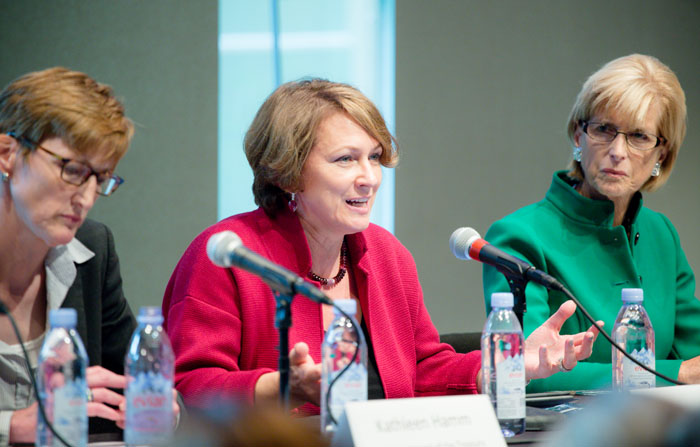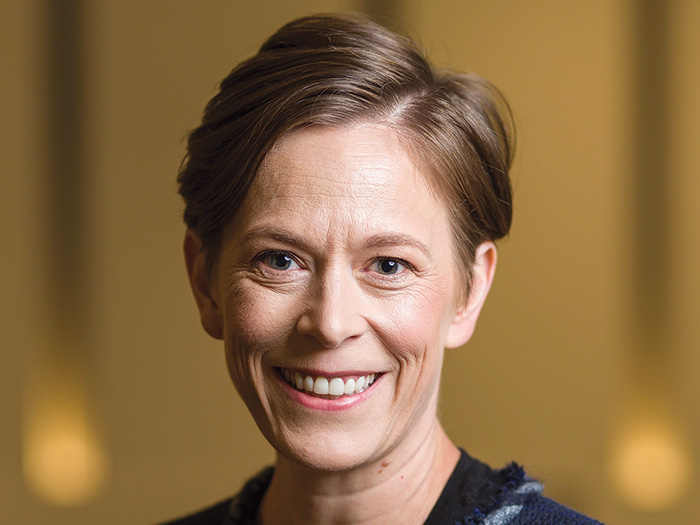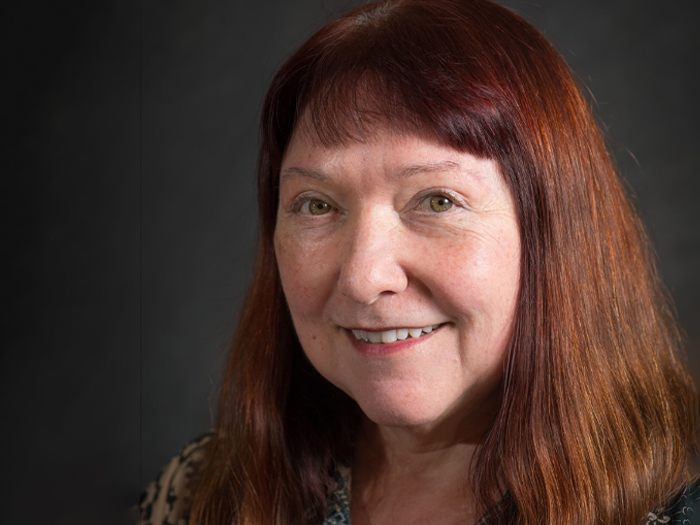Resiliency Efforts
Risks Without Boundaries

Representatives from the private and public sector met with policymakers and members of the insurance industry in October to discuss ways to build greater resilience in cities.
“We have an opportunity to start planning now,” said former N.J. Gov. Christine Todd Whitman during “Cities in the Crosshairs: The Case for Investing in Resilience,” presented by Lloyd’s of London in partnership with the American Security Project, a nonpartisan national security think-tank.
“We must build more resilient systems because we know these impacts are coming,” said Whitman, who is board chairman of the American Security Project and a past administrator of the Environmental Protection Agency.
“We desperately need the private sector; this needs to be a collaborative approach.”
The participants at the New York conference discussed best practices in risk assessment, mitigation, adaptation and risk transfer.

The panel discussion included, from left, Kathleen Hamm, counselor to the deputy secretary at the U.S. Department of Treasury; Lloyd’s CEO Inga Beale; and former N.J. Gov. Christine Todd Whitman
The event comes on the heels of the release of Lloyd’s “City Risk Index,” it’s first-ever analysis of the potential impact of 18 catastrophic threats on the gross domestic product of 301 major international cities. The index uses a metric Lloyd’s calls GDP@Risk to quantify potential losses from threats to a location’s projected 10-year economic output.
“Our risk list shows how much the risk landscape is changing,” said Lloyd’s CEO Inga Beale, who said the report is a “wake-up call to us all.”
“Now the world is so much more about intangible risks,” she said.
“We need to innovate our products to this ever changing world.”
Just 10 threats account for 91 percent of the Total GDP@Risk, according to Lloyd’s research, which was done in collaboration with University of Cambridge.
Nearly half are man-made, including market crash, cyber attack, power outage and nuclear accident.
“A lot of risks used to be geographically bounded,” Beale said.
“Now, with cyber and climate change, it is without boundaries.”
Market crash leads the list by a wide margin, with pandemic, windstorm, earthquake and flood rounding out the Top 5. Oil price shock, terrorism, drought, heat waves, tsunami and volcanos ares some of the other more costly disasters.
New York, and Los Angeles ranked No. 5 and 6, respectively, on the list of cities with high-asset values that are most financially exposed to disaster. Also high on the list were Taipei, Tokyo, Seoul, Manila, Istanbul, Osaka, Hong Kong and Shanghai.
Dense population coupled with climate warming and new technology contributes to higher damages associated with natural disasters.
“There are more people living in the cities than at any time in history,” said panel leader Dante Disparte, founder and CEO of risk and capital management firm Risk Cooperative.
Population density coupled with climate change and new technology contributes to higher damages associated with natural disasters. Meanwhile, the gap between what the insurance industry pays to cover a catastrophe compared with the actual clean-up cost is widening.
That insurance gap continues to be an elusive goal for the insurance industry at the moment, said Fielding L. Norton, deputy chief enterprise risk officer of XL Catlin.
The insurance gap “is a missed opportunity for my industry to be relevant and to help businesses and communities to get back on their feet in the aftermath of a disaster,” Norton said.
He said his company is working to anticipate catastrophes and devise innovative products to address them.
XL Catlin recently devised several programs to reach underinsured areas, and is one of eight participants in Lloyd’s newly created disaster risk facility. The facility involves syndicates cooperatively developing solutions to help developing economies tackle underinsurance and improve their resilience.
“One of the most important things we do for our company and for our clients is to not fail to imagine the things that are possible,” Norton said.
“Failure of imagination is a phrase we use all the time in our enterprise risk management group.”
“Lloyd’s has always been at the forefront of taking new risks,” Beale said.
“We’ve been very much underwriting alongside human progress for centuries and we must continue to do this.”










